When we think of birds and the changing seasons, we often picture massive flocks making extraordinary journeys across continents and oceans. These epic migrations have captivated human imagination for centuries, representing one of nature’s most spectacular phenomena. However, not all birds participate in these grand seasonal movements. Many species have evolved strategies that allow them to remain in one location year-round, even in regions with significant seasonal changes. These non-migratory birds, sometimes called resident birds, have developed fascinating adaptations that challenge our understanding of avian survival strategies. Their decision to stay put rather than undertake arduous journeys reveals much about evolution, ecology, and the remarkable adaptability of birds in diverse environments.
The Evolution of Residency in Birds
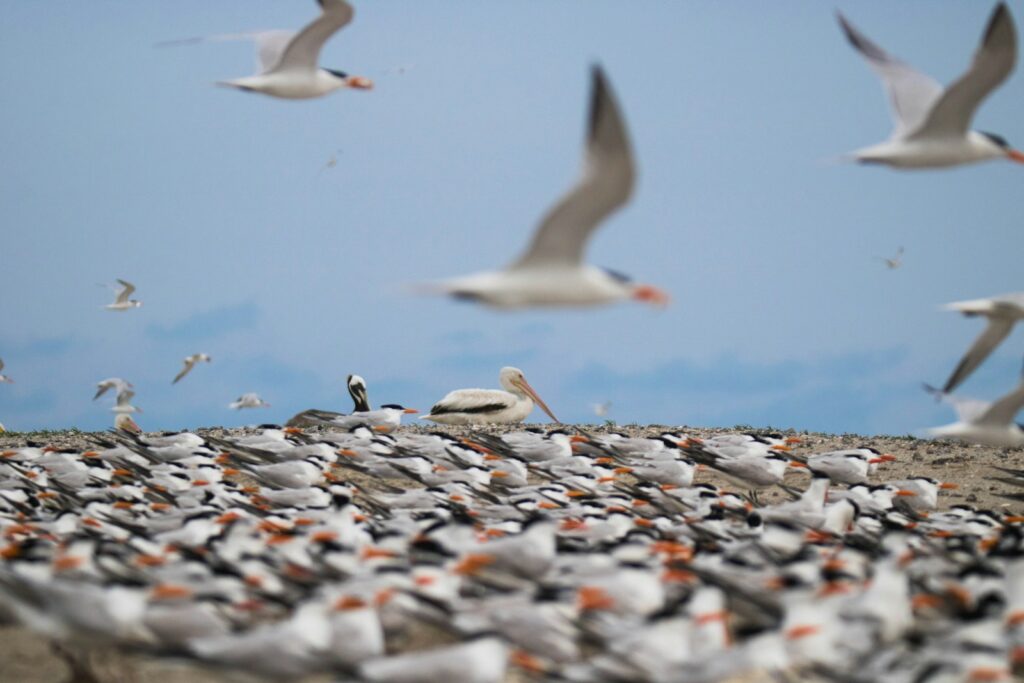
Migration is an ancient behavior in birds, likely evolving multiple times across different lineages as adaptations to changing environments and food availability. However, the ability to remain resident year-round has also evolved repeatedly across the avian family tree. Evolutionary biologists suggest that residency may actually be the ancestral state for many bird groups, with migration evolving later as a specialized adaptation. In some lineages, we can observe species that have recently shifted from migratory to resident behaviors, providing valuable insights into this evolutionary process. These transitions often occur when the costs of migration begin to outweigh its benefits, such as when climate change creates more hospitable year-round conditions or when human activities provide reliable food sources throughout seasons. The ability to quickly adapt from migratory to resident strategies demonstrates the remarkable behavioral plasticity that has contributed to birds’ evolutionary success.
Energy Economics: The Cost-Benefit Analysis
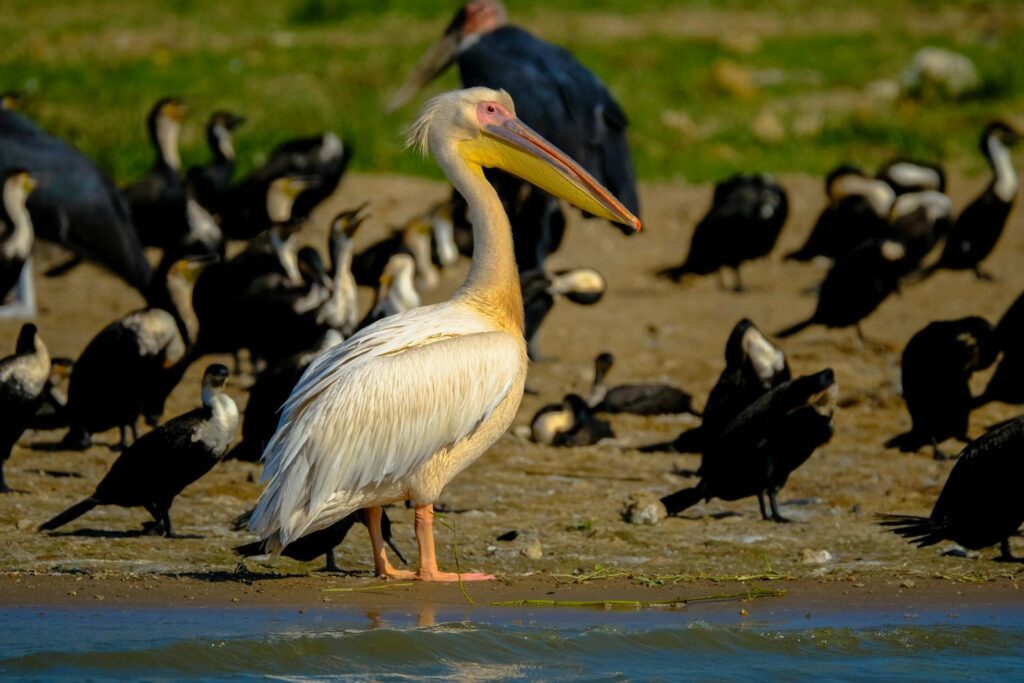
For birds, the decision between migration and residency ultimately comes down to energy economics. Migration requires tremendous energy expenditure and involves significant risks, including predation, habitat loss along routes, and the challenges of navigating sometimes thousands of miles. Resident birds avoid these costs but must instead deal with potentially harsh seasonal conditions and fluctuating food supplies. Studies show that resident birds typically maintain higher body reserves during challenging seasons and develop specialized foraging techniques to access food resources that remain available year-round. This energy calculation varies dramatically by species, habitat type, and geographic location, creating a complex matrix of factors that influence whether migration or residency is more advantageous. Environmental changes that alter this energy equation can quickly shift the balance, sometimes causing formerly migratory populations to become resident or vice versa, depending on which strategy conserves more energy over an annual cycle.
Climate Change and Shifting Behaviors
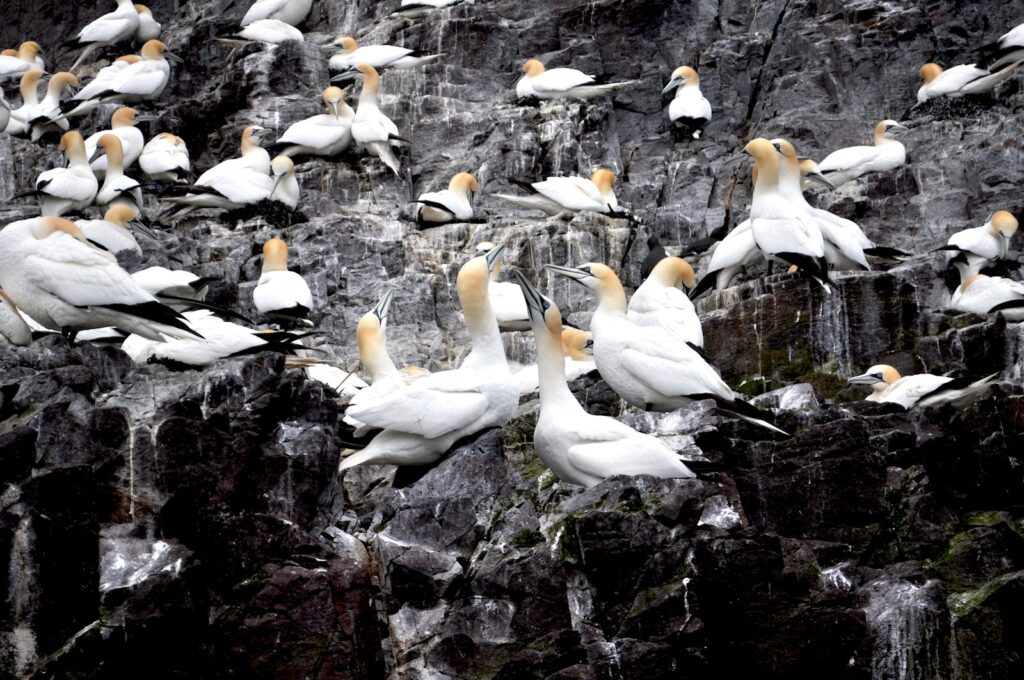
Climate change has emerged as a significant factor influencing bird migration patterns worldwide. As winters become milder in many northern regions, the energy costs of surviving winter decrease, making residency a more viable option for previously migratory species. Ornithologists have documented numerous bird species gradually shifting their ranges northward and reducing their migration distances in response to warming temperatures. The European blackcap, for example, has developed a new migratory pattern in just a few decades, with some populations now wintering in the United Kingdom rather than making longer journeys to the Mediterranean. These rapid adaptations highlight the behavioral flexibility of birds in response to environmental changes. However, this shift also raises concerns about potential ecological mismatches if birds’ timing becomes desynchronized with traditional food sources or if competition increases in regions where more birds are becoming year-round residents.
Physiological Adaptations for Staying Put
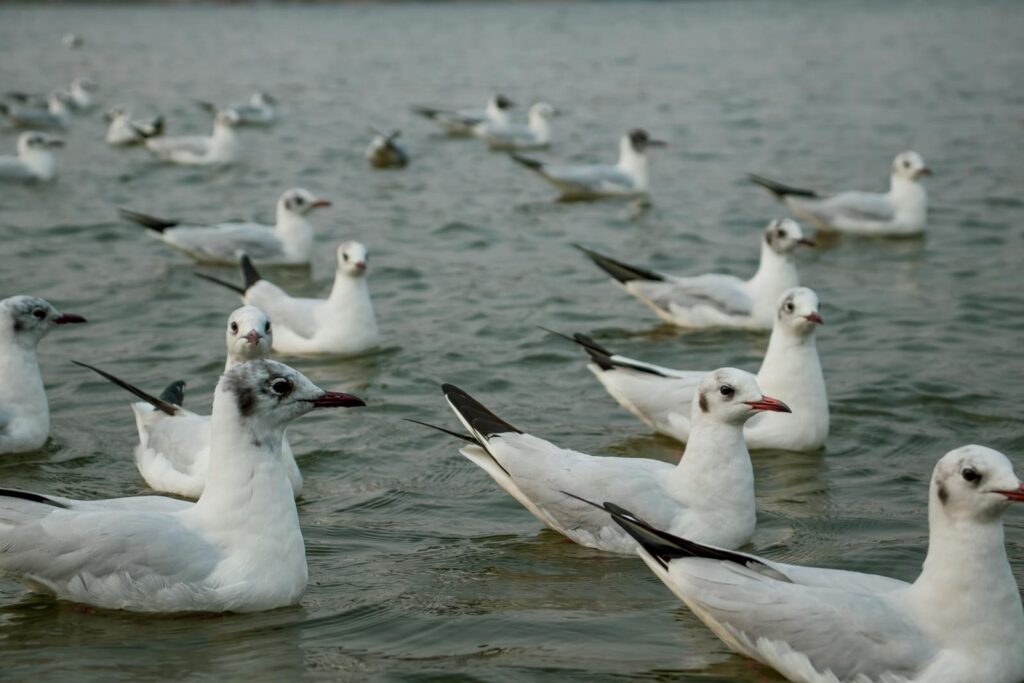
Resident birds possess remarkable physiological adaptations that enable them to withstand seasonal challenges, particularly in temperate and northern climates. Many species undergo significant changes in metabolism during winter months, including the ability to enter controlled hypothermia (torpor) during extremely cold nights to conserve energy. Their digestive systems often show greater flexibility than migratory species, allowing them to process a wider variety of foods depending on seasonal availability. Perhaps most impressive is the seasonal acclimatization of their immune systems, which shifts resources to combat different disease threats throughout the year. Cold-weather residents like chickadees and nuthatches can maintain body temperatures of around 104°F (40°C) even when ambient temperatures plummet below freezing, thanks to increased mitochondrial density in their cells and remarkable feather insulation that can be adjusted through specialized behaviors like ptiloerection (fluffing feathers to create insulating air pockets).
Behavioral Strategies for Year-Round Survival

Beyond physiological adaptations, resident birds employ sophisticated behavioral strategies to thrive year-round in changing environments. Food caching is among the most remarkable of these behaviors, with species like Clark’s nutcrackers capable of storing thousands of seeds in hundreds of locations, which they can remember with astonishing accuracy for months. Group living becomes more common during challenging seasons, as evidenced by winter flocking behaviors in chickadees, titmice, and many other small resident birds. These mixed-species flocks provide enhanced predator detection and improved foraging efficiency through social learning. Cavity nesting and roosting become critical survival strategies during harsh weather, with some species creating specialized roosting cavities different from their breeding sites. Woodpeckers, nuthatches, and chickadees may share communal roost sites on the coldest nights, huddling together to share body heat in a behavior that dramatically reduces individual energy expenditure.
The Role of Food Availability
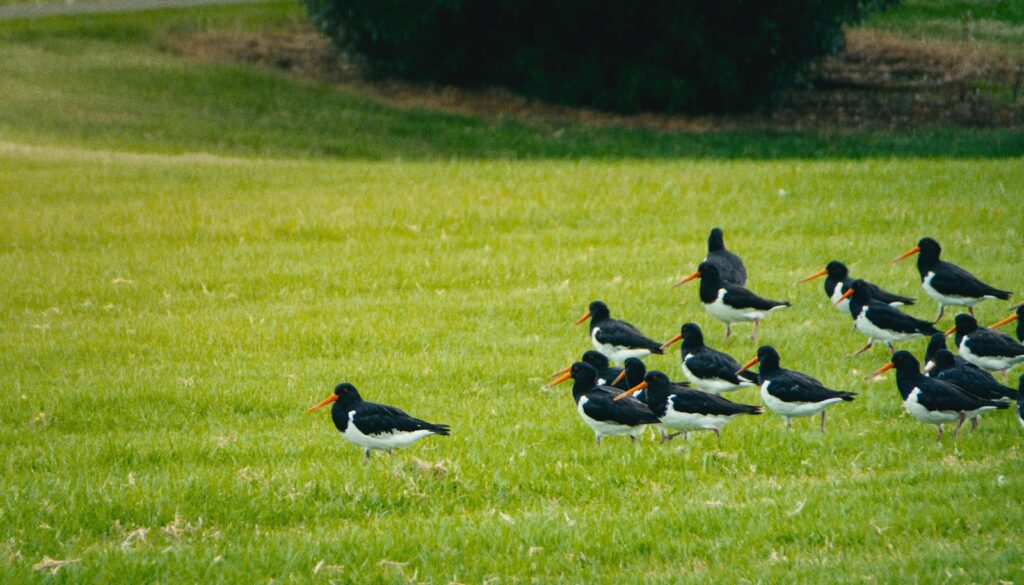
Food availability serves as perhaps the most crucial factor determining whether birds can remain resident throughout the year. Species that specialize in seasonally available food sources, like aerial insectivores that feed on flying insects, typically must migrate when their food disappears. Conversely, birds with more generalist diets or those specialized in resources that remain available year-round are prime candidates for residency. Woodpeckers exemplify successful residents by maintaining access to insect larvae beneath tree bark even during winter months. Seed-eating birds like cardinals and grosbeaks can switch between various seed types as availability changes with seasons. Urban environments have created new residency opportunities, with reliable anthropogenic food sources like bird feeders, landfills, and agricultural fields providing consistent nutrition throughout the year. Research indicates that some bird populations have specifically evolved shorter digestive tracts and different bill morphologies to better process these human-provided food resources.
Social Structure and Territorial Advantages
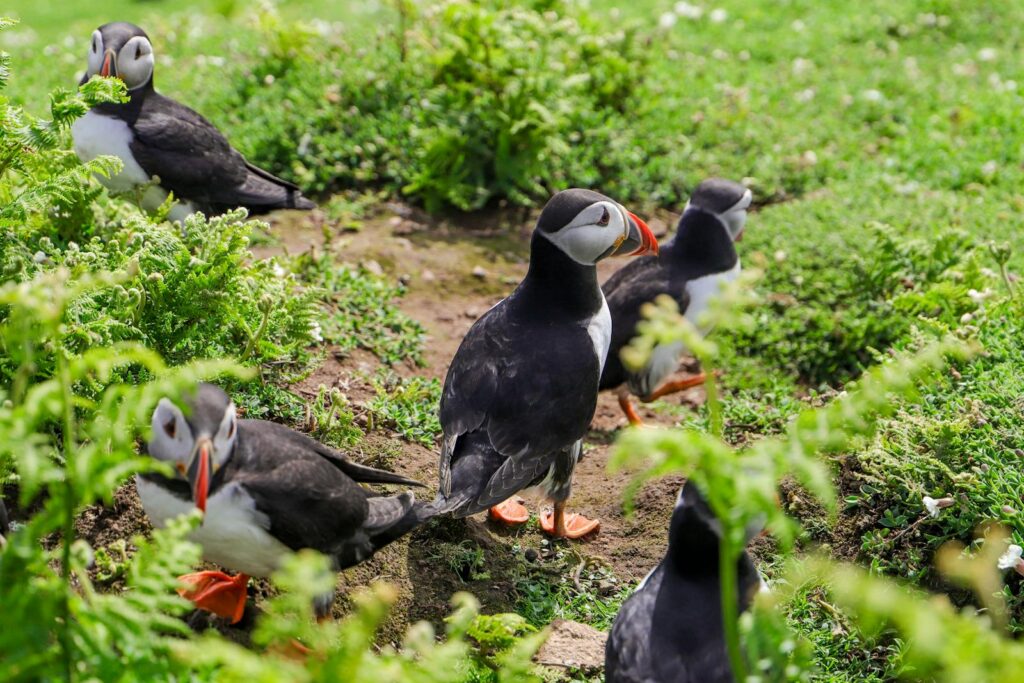
Remaining resident year-round provides significant territorial advantages that can enhance reproductive success. Resident birds maintain intimate knowledge of local resources, predator patterns, and nesting opportunities within their territories. This familiarity allows them to begin breeding earlier in the spring compared to returning migrants, often securing the highest-quality territories before migrants arrive. Many resident species maintain pair bonds throughout the year, strengthening reproductive coordination and allowing pairs to defend territories cooperatively even outside breeding seasons. This territorial advantage appears particularly beneficial in habitats with limited high-quality breeding sites, where early establishment can make the difference between reproductive success and failure. Studies of European robin populations show that resident individuals produce significantly more offspring over their lifetimes than migratory individuals of the same species, largely due to these territorial advantages.
Partial Migration: A Middle Ground
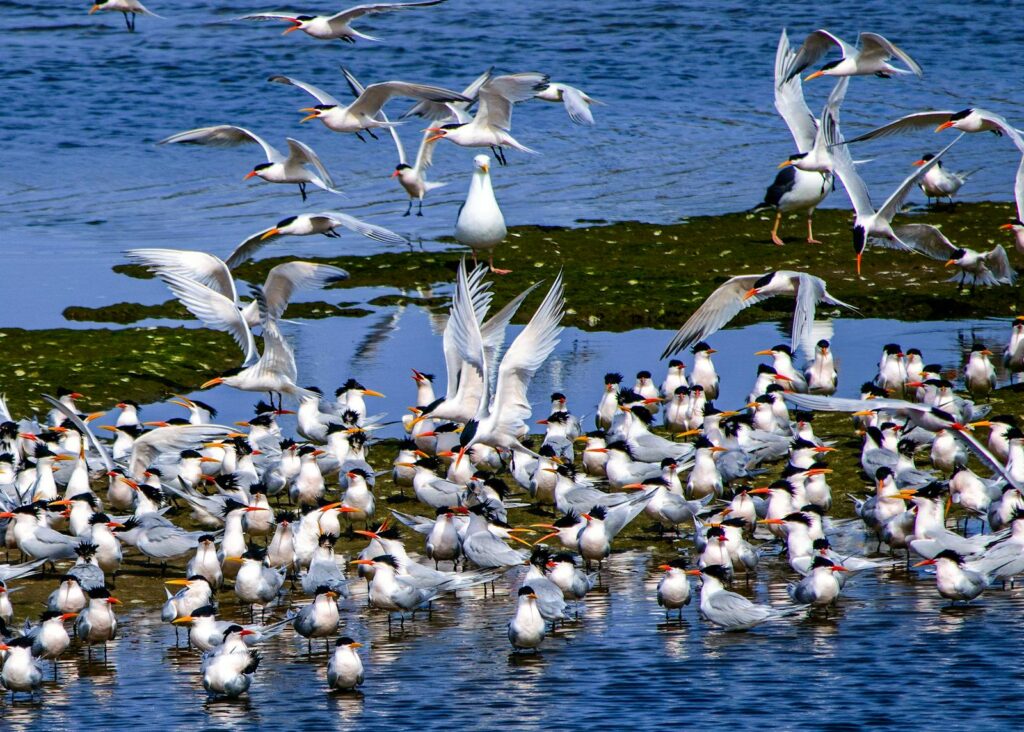
Many bird species exhibit partial migration, where some individuals migrate while others from the same population remain resident year-round. This fascinating phenomenon represents an evolutionary middle ground and occurs in species ranging from American robins to European blackbirds. Age and sex often influence migration decisions, with younger birds and females typically more likely to migrate while older males tend to remain resident when possible. This pattern likely emerges because dominant individuals can maintain access to limited winter resources, while subordinate individuals benefit more from migrating to areas with less competition. Partial migration provides species with remarkable population resilience, as it spreads risk between different survival strategies. If harsh winter conditions affect residents, migrants ensure population continuity, while in years when migration routes face disruption, resident birds maintain the population’s presence in breeding territories.
Urban Adaptations and Human Influence

Human-dominated landscapes have dramatically altered the calculus of migration for many bird species. Urban heat islands create milder microclimates that can be 5-10°F warmer than surrounding rural areas during winter months, reducing energy requirements for resident birds. Supplemental feeding through bird feeders, intentional wildlife feeding programs, and unintentional food sources like landfills provide reliable nutrition that can sustain resident populations through resource bottlenecks. Building structures offer novel roosting and nesting sites that provide shelter from harsh weather. Species like house sparrows, European starlings, and rock pigeons have become almost exclusively urban residents globally, forsaking migration entirely to exploit these anthropogenic niches. This urban residency represents one of the most significant human-induced behavioral shifts in wildlife, with both ecological benefits for adaptable species and potential concerns about dependency on artificial resources.
Geographic Patterns of Residency
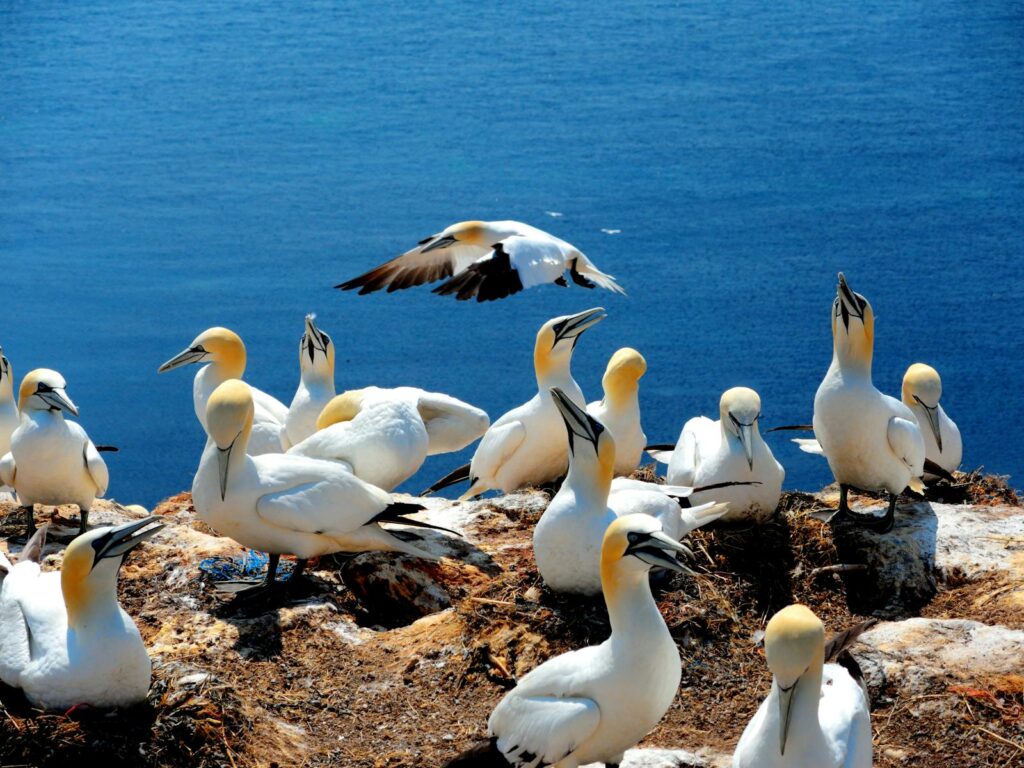
Bird residency follows distinct geographic patterns that reveal much about the ecological factors driving this behavior. Tropical and equatorial regions support the highest percentages of resident bird species, where stable year-round conditions reduce the benefits of seasonal movements. Island ecosystems also harbor disproportionately high numbers of resident species, as water barriers increase migration risks and isolated evolution has often favored specialized adaptations to local resources. In temperate regions, residency becomes more common in moderate maritime climates with less temperature variation compared to continental interiors with extreme seasonal swings. Mountain systems create unique residency patterns, with many species engaging in altitudinal rather than latitudinal movements, traveling just a few thousand feet up or down mountainsides to find suitable seasonal conditions while remaining within the same general region. These geographic patterns demonstrate how ecological factors, rather than taxonomic relationships, primarily determine migration strategies.
Ecological Consequences of Residency

The presence of resident bird species creates important year-round ecological interactions that shape entire ecosystems. Resident seed-eating birds serve as consistent seed dispersers across seasons, facilitating plant regeneration and forest succession processes throughout the year. Resident insectivores provide continuous pest control services, regulating insect populations even during winter months when many migratory insectivores are absent. This year-round presence affects predator-prey dynamics, as resident birds must contend with local predators continuously rather than periodically. Perhaps most significantly, resident birds can respond immediately to sudden resource pulses like insect outbreaks or mast seeding events (when trees produce extraordinary seed crops), providing ecological regulation that would otherwise be absent during migration periods. Their continuous presence also maintains biodiversity interaction networks during seasonal transitions when migratory species are departing or have not yet arrived.
Conservation Implications for Resident Species
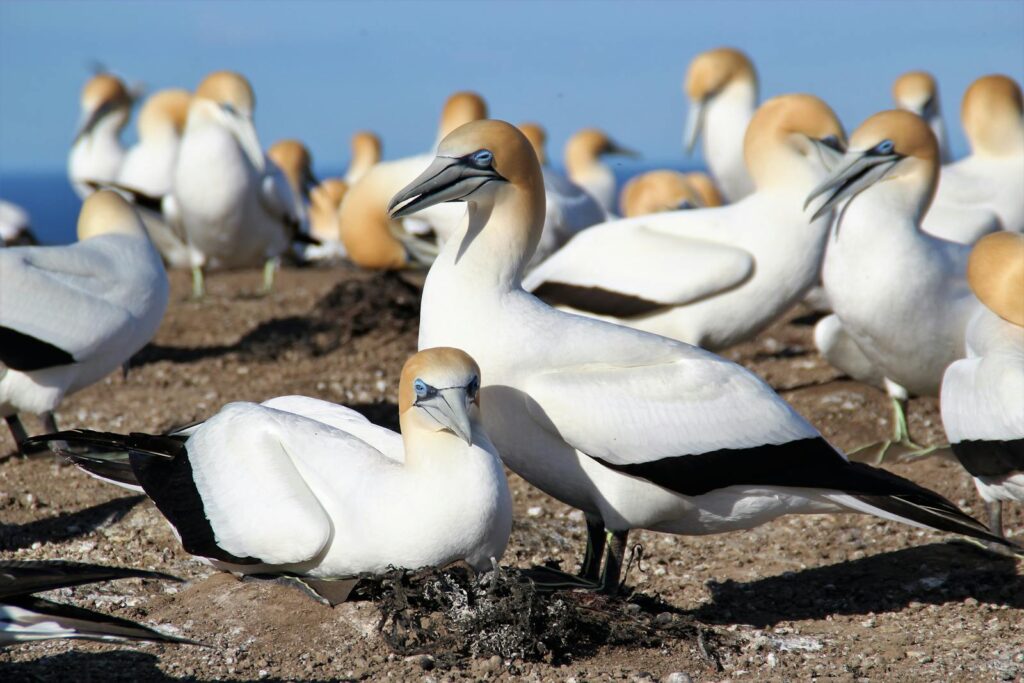
The conservation needs of resident birds differ significantly from those of migratory species, presenting both challenges and opportunities for protection efforts. Resident birds require suitable habitat conditions throughout the entire annual cycle within a relatively limited geographic area, making them particularly vulnerable to habitat degradation or destruction within their range. Climate change poses complex threats to resident populations, potentially creating unsuitable conditions that develop too quickly for evolutionary adaptation or range shifts to occur. However, conservation of resident species can sometimes be more straightforward than protecting migrants that cross multiple political boundaries and face threats across extensive geographic areas. Targeted habitat protection in relatively small areas can effectively support entire populations of resident species year-round. Conservation programs increasingly recognize the need for separate strategies for resident and migratory populations, even within the same species, addressing their distinct vulnerability profiles and habitat requirements.
Future Trends in Bird Migration and Residency

The balance between migratory and resident strategies in bird populations continues to evolve rapidly in response to global changes. Climate projection models suggest a general trend toward increased residency in many bird species as warming temperatures reduce the energetic challenges of overwintering in historically colder regions. Urbanization will likely continue creating conditions favorable to resident specialists that can exploit human-associated resources, potentially increasing the prevalence of these species. However, increasing climate volatility may simultaneously create new challenges for resident birds, as extreme weather events become more frequent and intense. Ornithologists predict continued shifts in the migration-residency spectrum, with many partially migratory species likely to show population-level changes in the proportion of migratory versus resident individuals. These ongoing shifts represent a natural experiment in behavioral adaptation, offering valuable insights into how birds respond to rapidly changing environments through both genetic evolution and behavioral plasticity.
The decision not to migrate represents a fascinating evolutionary strategy that highlights the remarkable adaptability of birds. While migratory journeys capture our imagination with their epic scale, the ability of resident birds to thrive year-round in changing environments demonstrates equally impressive adaptations. Through physiological mechanisms, behavioral flexibility, and ecological specialization, resident birds have developed diverse approaches to the challenges of seasonal change without undertaking long-distance movements. As environmental conditions continue to shift globally, the balance between migration and residency will likely continue evolving, offering an ongoing window into the dynamic relationship between birds and their environments. By understanding why some birds skip migration entirely, we gain deeper insights into the complex factors that shape animal behavior and the remarkable resilience of nature’s solutions to environmental challenges.
